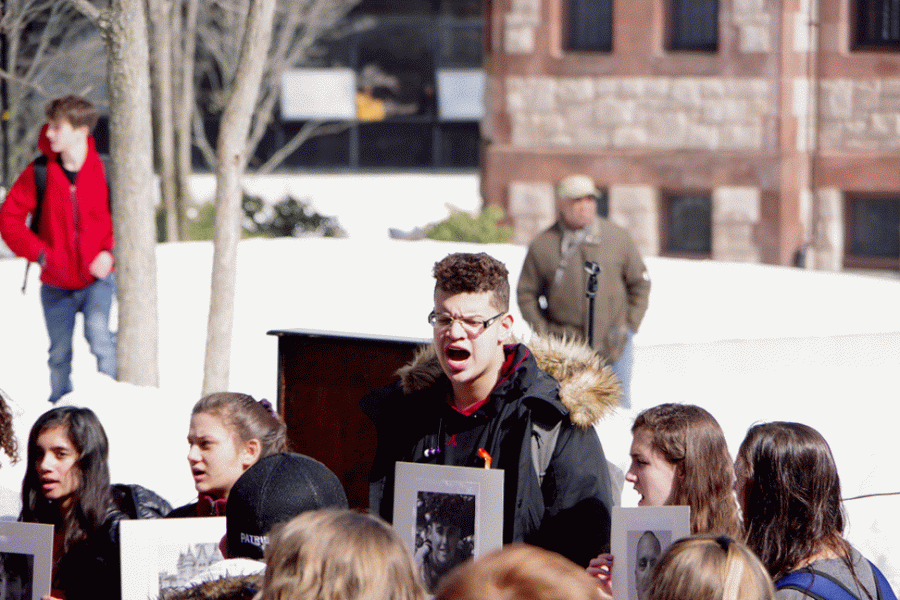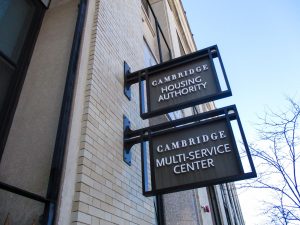Students Need to Remobilize Around Gun Control
On March 15th, 2018, CRLS students walked out of classrooms to address gun violence.
March 28, 2019
The “March For Our Lives” and the movement for gun control reform, organized last year by students for students, was empowering. Students across the globe felt like their voices mattered and that they could make change, even at a young age. The catalyst for this popular mobilization was a school shooting that took place in Parkland, Florida, on Valentine’s Day last year. In the aftermath of the shooting, a group of Parkland students banded together to start the March For Our Lives protest, and have continued to put pressure on state and federal legislatures to take action. The march made many young students, who tend to feel voiceless in America, feel like they could be involved in making a change.
Yet even with the excitement of the movement last year, students have begun to forget all about what they were once fighting for. The national debate over gun control has been all but forgotten about by the media, and many students have forgotten about it too. However, mass shootings and the problems that come with such easy access to guns are as prevalent as ever. In Pittsburgh, there was a shooting at a temple where an anti-Semitic man opened fire on elderly people leaving Sunday service. Twelve people, all over 60, were killed. Since the Parkland school shooting, there has been one school shooting every twelve days, and since January 1st, there have been 51 mass shootings and 2,372 deaths from firearm, excluding suicides by guns. Based on averages, 47 children die a day from guns, including suicides, and many more are in constant fear of coming face-to-face with a gun in their neighborhood. Even with all of these statistics, Congress has yet to pass a single significant reform to existing gun laws, and with the national debate over gun control slipping away, the pressure on it to do so has decreased.
In the wake of countless tragedies, gun control reforms have still not been passed, and both students and adults need to start demanding change again. Instead of waiting reactively for the next shooting to act, students need to be proactive in demanding action now to prevent another such shooting. Students need to start calling their senators and representatives again, march to call for action, and get involved locally to make change. It is clear why the movement has slowed. After Parkland, there have been few shootings that the media has reported on, and when there have been shootings, the discussion has been more about President Trump than about guns. Without media attention, it is hard to feel like pushing for gun control actually matters, but statistics show that gun control is a necessity now. Even with the lack of media attention, gun control is as important as ever.
All of this is not to say that students have not worked hard in the months since the March For Our Lives. The Parkland students and many other groups around the country are pushing Congress and their local representatives to take action. Marchforourlives.com shows how students can take action—by calling for town halls and voting for the right representatives to make change—and yet it still feels like the movement has slowed. In Washington last year, 200,000 people—many of them students—were out on the streets, protesting for stricter gun control laws. At CRLS, students staged a walkout to Somerville, where many called their senators and representatives to demand legislative reform. It was incredible to see so many students band together to make change, as high school is usually not a place where everyone can put everything aside and work together. Unfortunately, at the school now, there is little talk of the walkout last year, or gun control at all. While it was disappointing to see such little change made by Congress, giving up altogether is not the right thing to do. Students need to get back on their feet to show Congress, and those around the country that cast doubt on a student-led movement, that change is possible, and that students will not stop fighting until they feel safe in their own schools.
This piece also appears in our March 2019 print edition.










